A Mating Aggregation of Bearded Fireworms – Lütfü Tanrıöver (2010)
A mating aggregation of a Mediterranean polychete worm (Hermodice carunculata). External fertilization is one of the early ancestral ways to produce offspring. Here an underwater explorer based in Fethiye has recorded a spawning aggregation of the Mediterranean polychete worm (Hermodice carunculata). External fertilization is rather costly. Internal fertilization has evolved numerous times as a result of this. One of the most striking example is the Coelecanth with many specimen containing embryos. Egg production requires more resources compared to sperm. Females […]

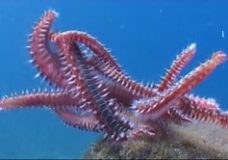
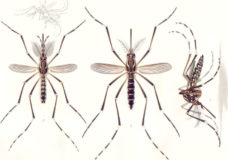
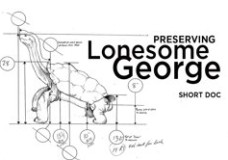

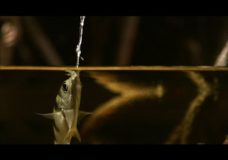
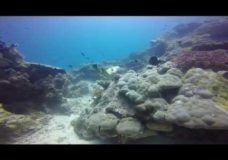
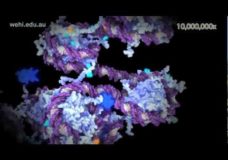

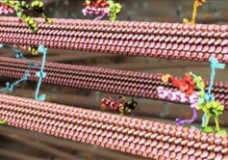
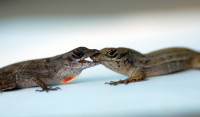
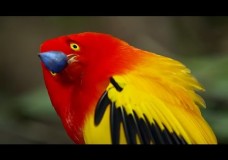

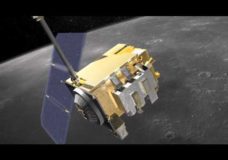

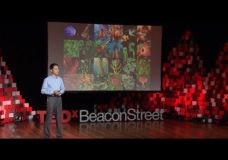

Recent Comments